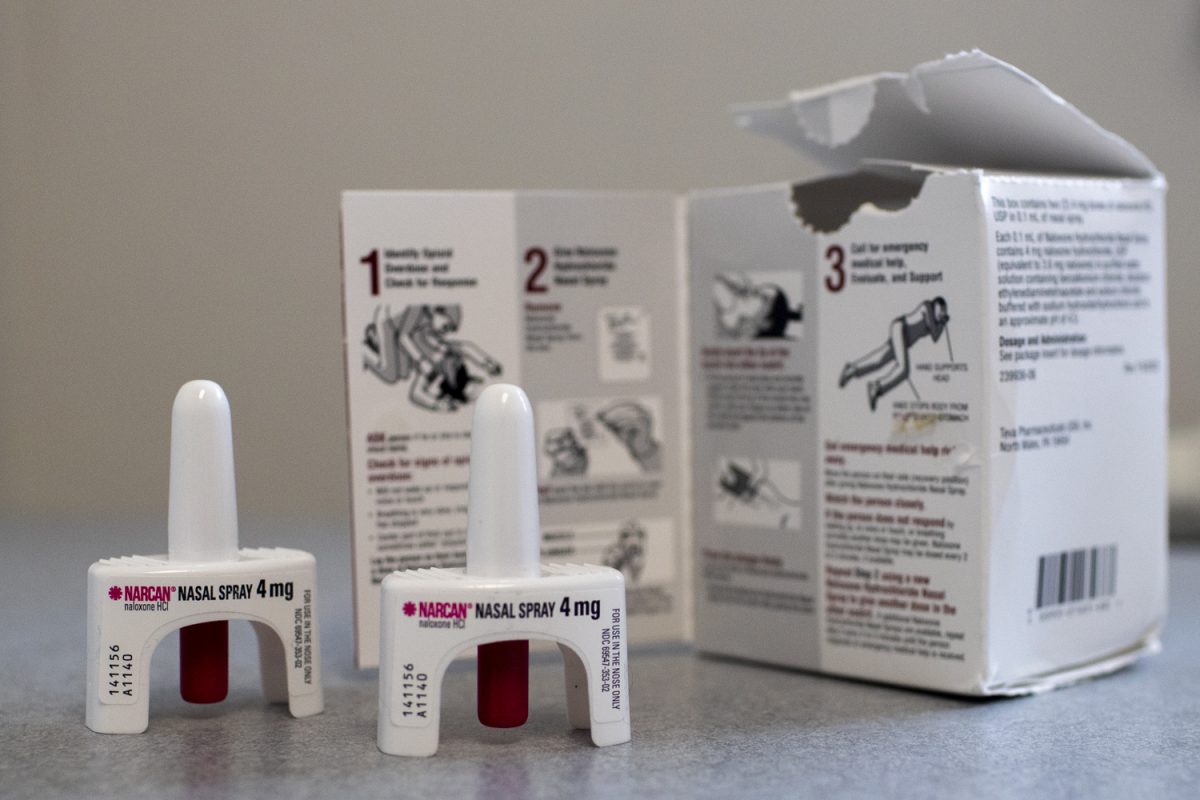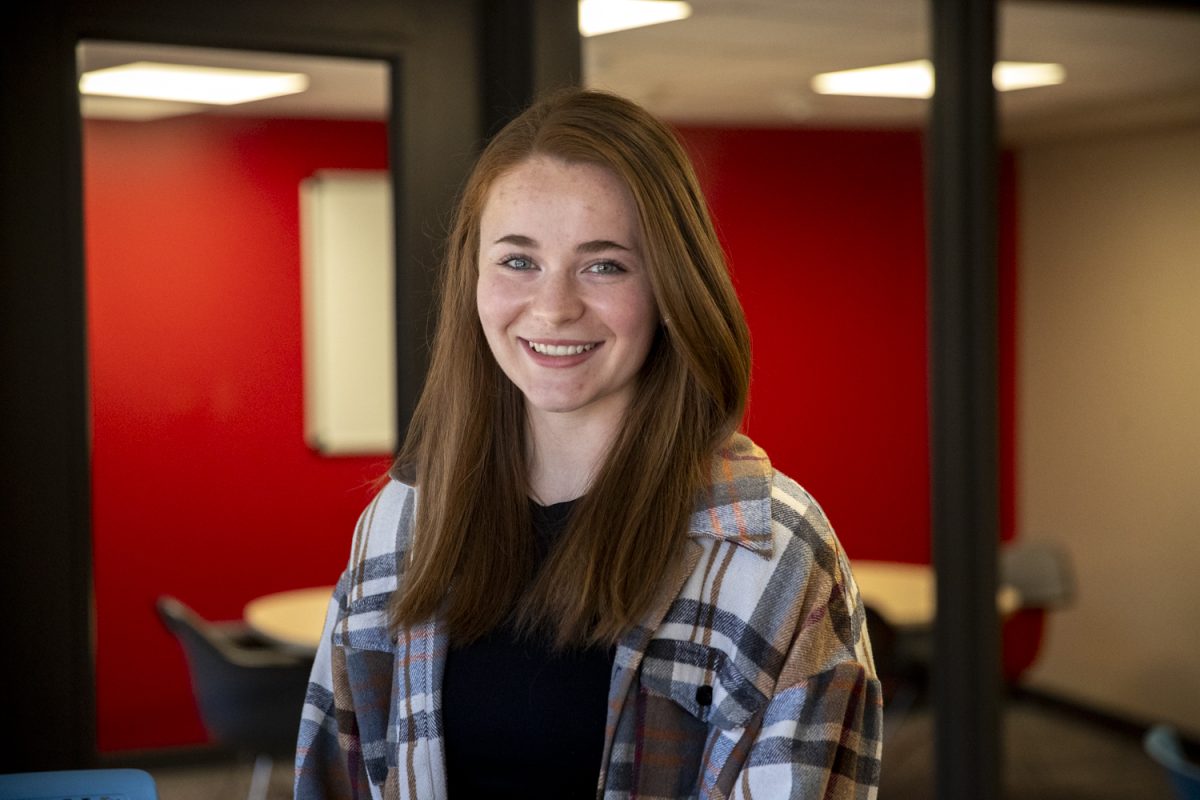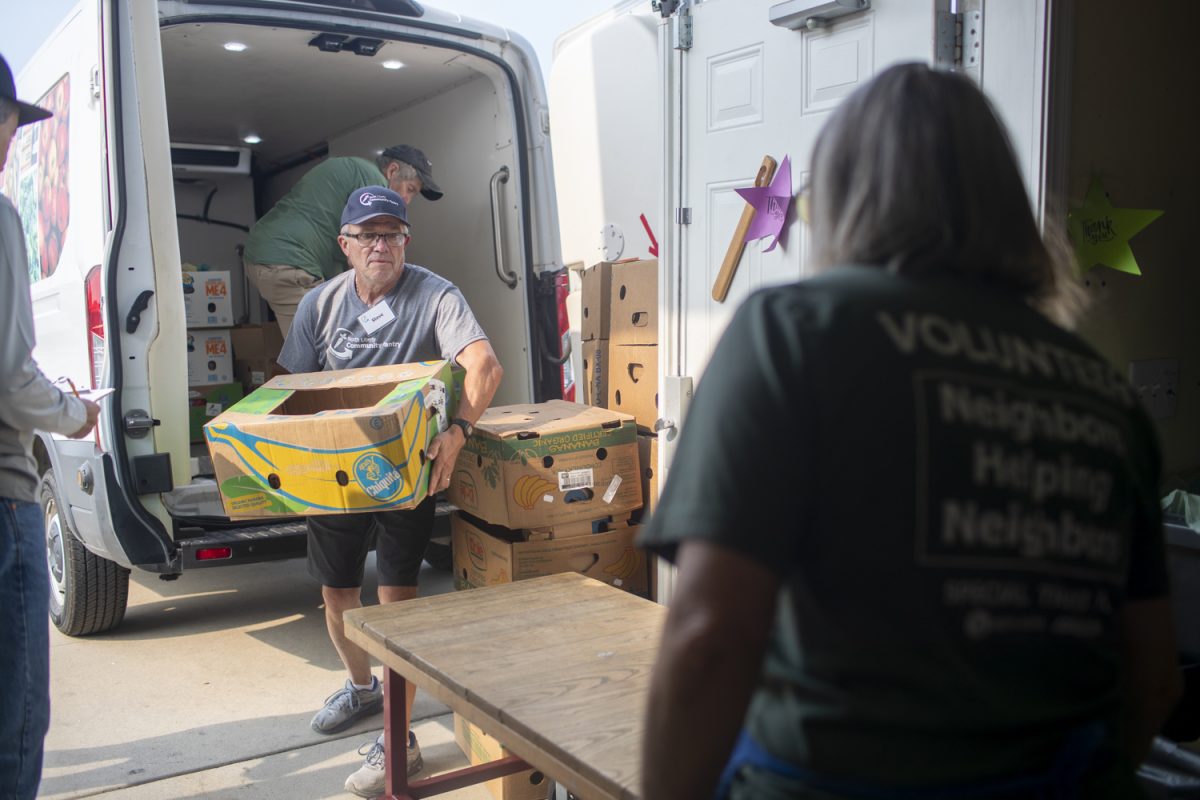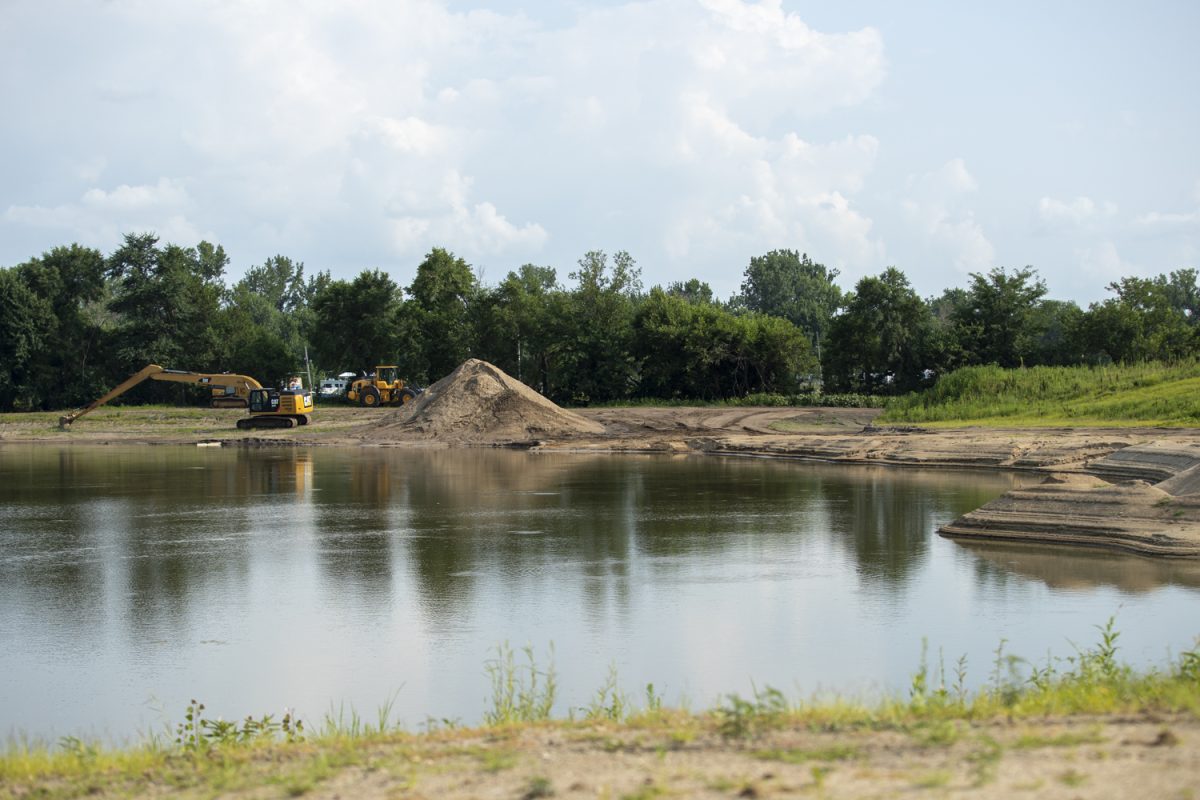University of Iowa students who live on campus now have access to naloxone, or Narcan, to treat opioid overdoses.
To increase access to opioid overdose treatment, the UI started to implement Narcan in residence halls across campus last month.
Learn more:
The medicine is located in the automated external defibrillators in each residence hall, Associate Director of UI Student Wellness Trisha Welter said.
In January, the university added naloxone to the Iowa Memorial Union, located on campus, Welter said.
According to the Iowa Department of Health and Human Services, Iowa reported 398 opioid-overdose deaths in 2021. The number of opioid-related deaths nationwide in 2021 was more than 80,000, according to the Centers for Disease Control and Prevention.
Welter said there have been no reported uses of the naloxone kits on campus since the implementation.
Welter said UI Housing and Dining staff have been properly trained to administer the drug, which is a relatively simple process.
Heidi Wood, clinical pharmacy specialist and member of the UI Addiction and Recovery Collaborative, said the naloxone comes in two doses and is administered by adding a spray into the nostril of the individual experiencing the overdose.
One spray of naloxone is equivalent to four milligrams and can be administered if breathing does not improve.
Wood said opioids are a group of medications including morphine, hydrocodone, oxycodone, and fentanyl.
Fentanyl can come in both prescription form and manufactured, non-prescribed forms, such as heroin.
An overdose occurs when there has been an excess amount of opioids ingested, said Andrea Weber, UI clinical assistant professor and assistant director of addiction medicine. She said an excess in opioid consumption will slow down the part of the brain that allows individuals to breathe.
“What this often looks like is someone looking really sleepy, and so what we want people to look for is if they can wake them up — shout their name and try to rouse them,” Weber said.
Weber said “pinpoint pupils,” or when an individual’s pupils are very small, and trouble breathing are other signs of an opioid overdose.
“Respiration is really important because it is what we are monitoring once the naloxone has been administered,” Weber said.
Weber said when people have not been breathing or not breathing well, their lips and fingertips will turn blue, indicating a lack of oxygen in the body.
“You are never going to hurt someone by administering naloxone even if it is not an opioid overdose,” Weber said.
Welter said the university is working on expanding the number of naloxone kits available on campus.
“We want to be prepared if an overdose were to happen on our campus, so having it available even in the two or three minutes before emergency personnel arrive could truly make a difference in someone’s life,” Welter said.
Additionally, Welter said the university’s Student Wellness division has been approved to distribute naloxone and has handed out 30 naloxone kits since its start in February. Any student can get a free kit by attending a Red Watch Band training session.
“For those students who wish to carry a kit in their backpack or in their dorms, we want them to have access to naloxone and learn how to administer it,” Welter said.
Welter said the university’s RedWatch provides CPR and AED training, how to respond to alcohol poisoning, and now, opioid emergencies.
Wood said the UI’s Addiction and Recovery Collaborative has also been working to mitigate and reduce the stigma behind overdoses.
“Many times people will say they don’t use drugs or I would never need to administer it [naloxone] but may not realize that they may be put in that position or know someone who could overdose,” Wood said.
Weber said it is important to normalize how stressful it can be for someone to witness a potential overdose, as many people who administer the drug may not be trained medical personnel.
“It can be a very emotionally primed experience, and we just want everyone to know that you will not hurt the person, and you could be saving a life,” Weber said.“This has really raised awareness about how overdoses affect people across all demographics, including college students, and we want students to be willing to help if a situation like this were to arise.”















